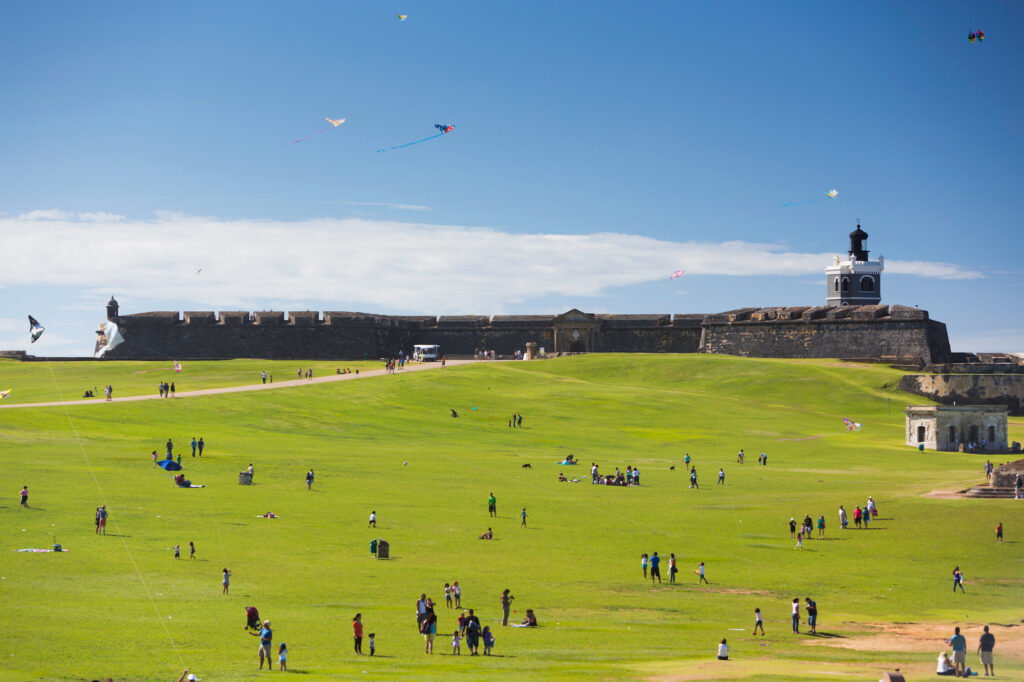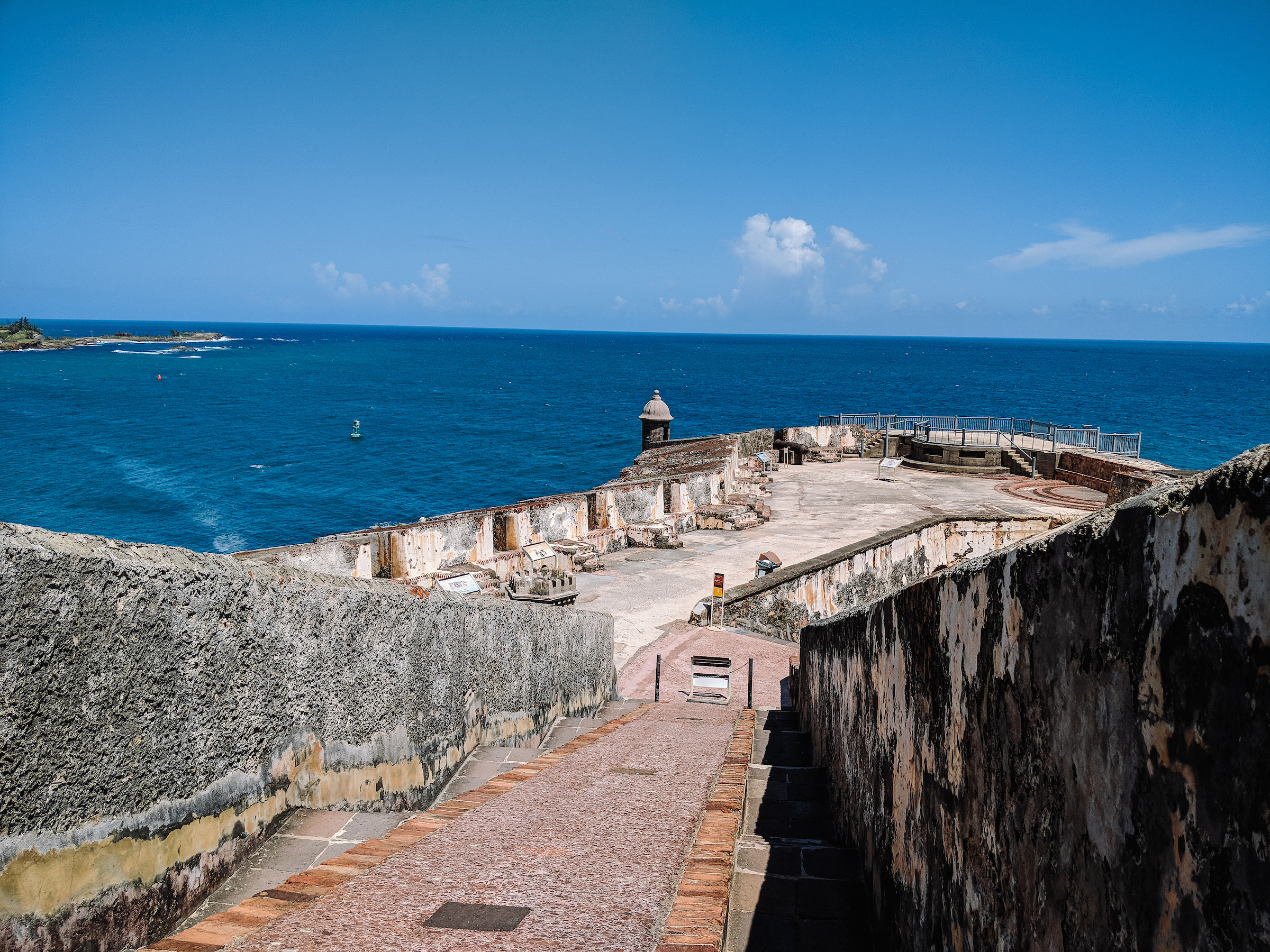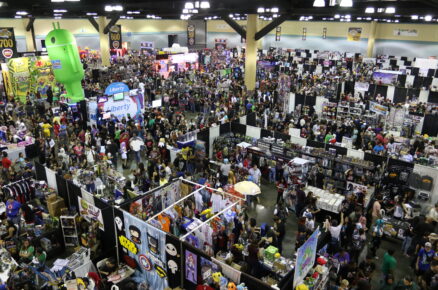The main Spanish forts you find in Old San Juan, El Morro, San Cristobal and La Fortaleza have an extensive military history. Every year they are visited by millions of tourists that admire the architecture and stories that make these World Heritage site such a unique place to visit. El Morro has a few tales of its own that we think you might enjoy.
It’s got a proper name
Although everyone calls it El Morro (Spanish for “the promontory”), it’s actually named Castillo San Felipe del Morro.
200 years in the making
It began as an 8-cannon medieval tower in 1539 and was constantly expanded over the next two centuries as the threats to the Spanish empire increased.
Spanish, Italian and Irish influence
Even though the Spanish built it, the main expansion of the fort was led by Italian military engineers, Bautista Antonelli and Juan Bautista Antonelli. They created the iconic thick-walled masonry design in the late 16th century. Two Irishmen, Field Marshall Alexander O’Reilly and Chief Engineer Colonel Thomas O’Daly were sent by Spain in the 18th century to reform the fortifications of Puerto Rico. O’Daly was responsible for the last major construction and renovations at El Morro.

It’s big
Some walls are 25 feet thick and the six levels of the castle rise 140 feet above sea level.
A combat veteran
El Morro has been involved in 5 battles since 1595. Three English assaults, one Dutch attack and the final bombardment by the Americans during the Spanish-American War. There’s still an American bomb encrusted in one of the walls deep inside the fort.
Oops I messed up…
Sir Francis Drake was sent to attack San Juan in 1595 because the English heard there was a treasure ship undergoing repairs in the harbor. He was able to get past the defenses and enter the bay. During the night he set fire to several Spanish ships. The flames illuminated the bay and the gunners in the castle were able to aim their cannons at the invaders. They even sent a cannonball through Drakes cabin. End of attack.
A virus saved Puerto Rico from becoming an English colony
Sir George Clifford took control of the fort for two months in 1598. He was set on claiming the Island for the Crown. The virus that causes dysentery changed his plans when almost 400 of his troops died. This forced him to abandon the Island. As he was leaving he burnt down the city. The Island would have had to change its name to “Rich Port”.
The first lighthouse in Puerto Rico was built in El Morro
The first navigational aid was built on the top of El Morro in 1843. It was destroyed by American shells during the bombardment in 1898 and rebuilt in 1899. The Spaniards built a string of lights that started in Culebra and ran all along the northern and southern coasts of Puerto Rico. It was designed to guide ships coming from Spain.

From medieval castle to 20th century outpost.
El Morro served its military purpose for more than 400 years. It began as a medieval style tower and ended it defensive career in 1961 when the Army moved out of all forts in Old San Juan. During World War 2 the military added reinforced bunkers, a submarine observation post and an anti-aircraft emplacement for defense in the event of a German invasion.
The first shots of World War 1 were fired from El Morro
On March 25th, 1915 Lt. Teófilo Marxuach fired what is considered the first shot by the regular armed forces of the United States against any ship of the Central Powers. Marxuach opened fire on the Odenwald. This unarmed German merchant shipwas trying leave San Juan bay without Customs clearance.
It’s considered part of world history
In 1983 El Morro was declared a World Heritage site by UNESCO. A designation that recognizes the unique nature and history of this Spanish iconic structure.
Visiting El Morro lets you voyage back in time to the Spanish colonial period. As you wander the massive structure you can imagine how the soldiers lived and defended the city of San Juan.











